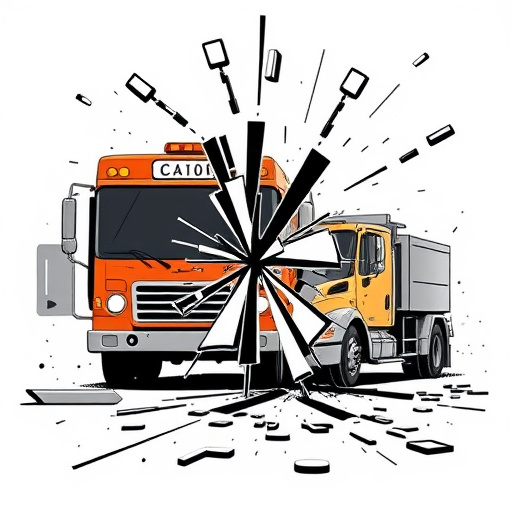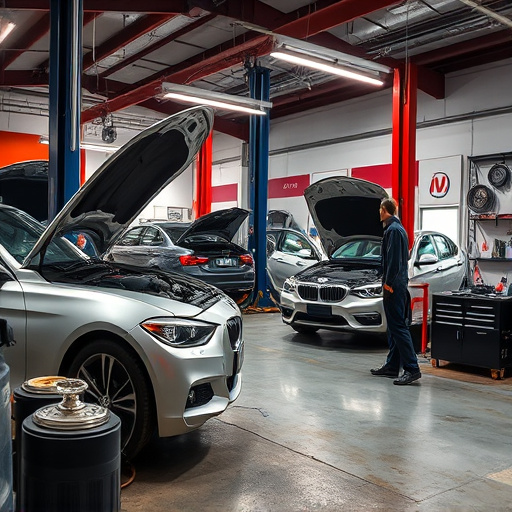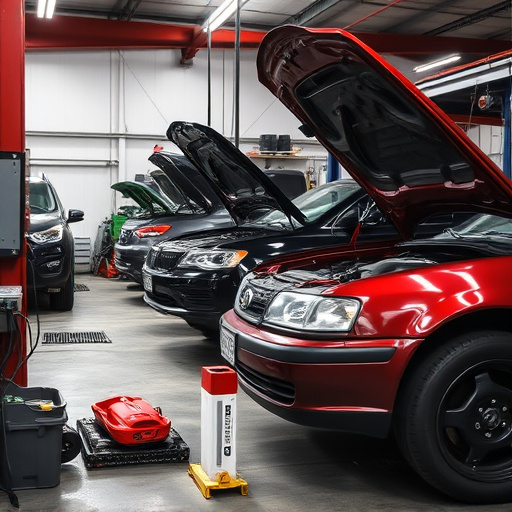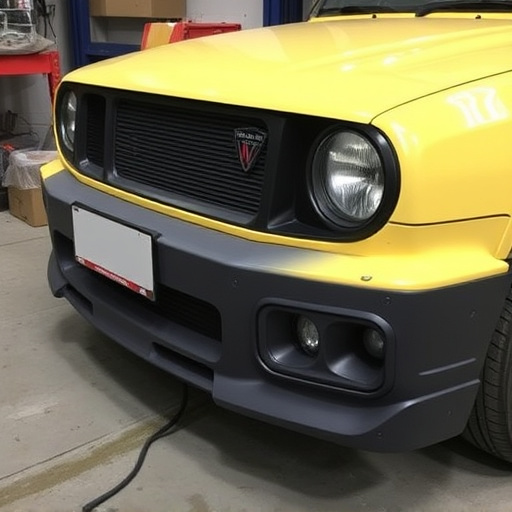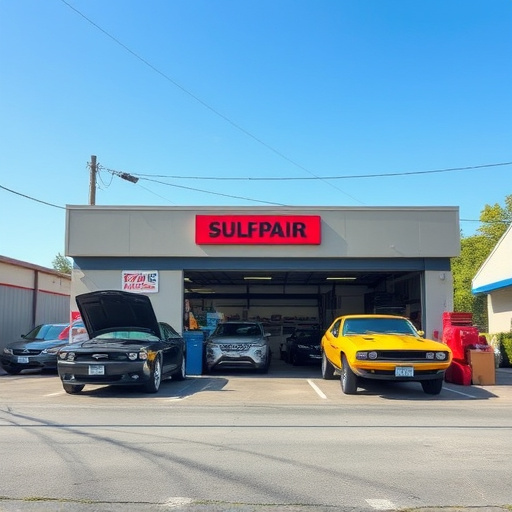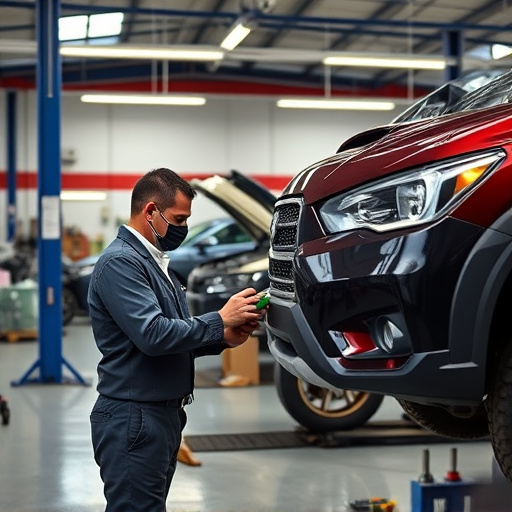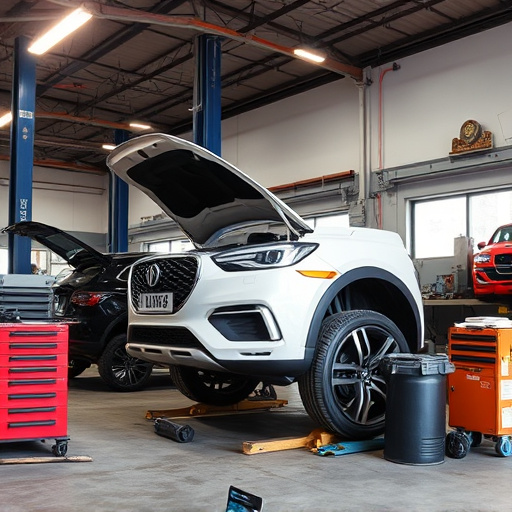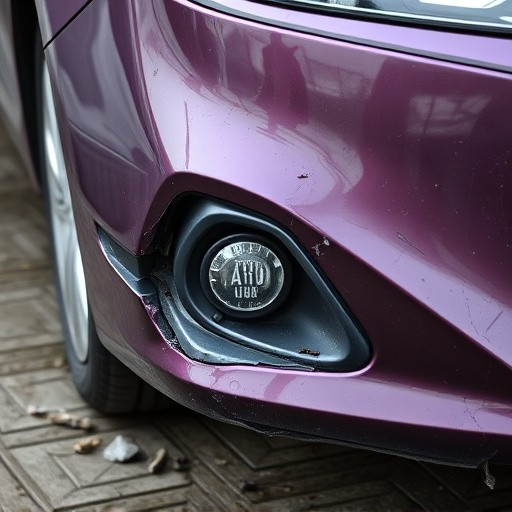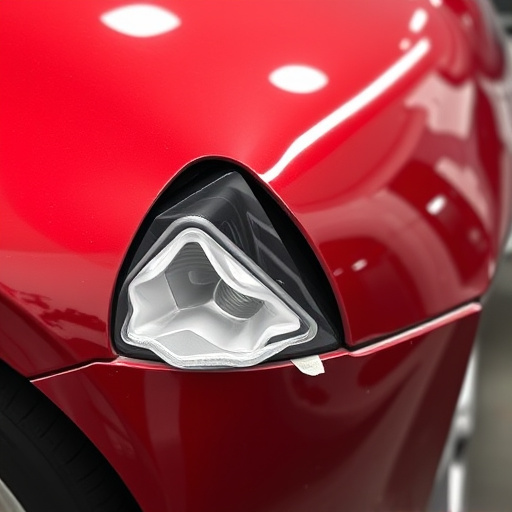Auto shops need advanced welding equipment to stay competitive in today's market, especially for luxury repairs. These tools offer speed, precision, and improved structural integrity. Integration requires strategic planning, staff training, and clear guidelines. While challenging, adopting advanced technology leads to more efficient, precise, and cost-effective auto body repair services.
Shops across industries are transforming their workflows by integrating advanced welding equipment, driving efficiency and innovation. This article delves into the strategic adoption of these technologies, offering a comprehensive guide for businesses seeking to optimize their operations. We explore the critical needs of advanced welding equipment, provide practical strategies for seamless integration, and discuss the multifaceted benefits and challenges of modern welding technologies.
- Understanding Advanced Welding Equipment Needs
- Strategies for Seamless Integration Into Workflows
- Benefits and Challenges of Modern Technologies
Understanding Advanced Welding Equipment Needs

In today’s competitive market, shops need to stay ahead by integrating advanced welding equipment into their workflow. This shift is driven by the increasing demand for precision and efficiency in vehicle repair, particularly in high-end auto repair services and luxury vehicle repair sectors. Advanced welding equipment offers a range of benefits, from faster completion times to improved structural integrity, which are crucial for maintaining high quality standards.
Shops must understand their specific needs when adopting these technologies. This involves assessing the types of vehicles they service, the complexity of repairs, and the skill levels of their workforce. For instance, while basic welding tasks may require standard equipment, specialized auto repair services or intricate vehicle repair might necessitate advanced features such as laser cutting, automated welding systems, or robotic arms to stay competitive in the luxury vehicle repair market.
Strategies for Seamless Integration Into Workflows

Integrating advanced welding equipment into shop workflows requires a thoughtful strategy to ensure seamless operation. The first step is to assess existing processes and identify areas where new technology can streamline operations, enhance precision, and boost efficiency. Shops should aim for a holistic approach by considering not just the technical aspects but also the human element—training staff to adapt to new machines is vital. A well-planned implementation strategy includes providing adequate training sessions, ensuring proper maintenance routines, and establishing clear operational guidelines.
For auto body repair shops, especially those specializing in collision damage repair like Mercedes Benz collision repair, embracing advanced welding equipment offers numerous benefits. It can significantly reduce repair times, improve the quality of welds, and minimize material waste, all while maintaining high standards of safety. Incorporating these technologies into daily operations, whether for structural repairs or intricate metalwork, allows shops to stay competitive in a market driven by efficiency and precision—key factors in top-tier auto body repair services.
Benefits and Challenges of Modern Technologies
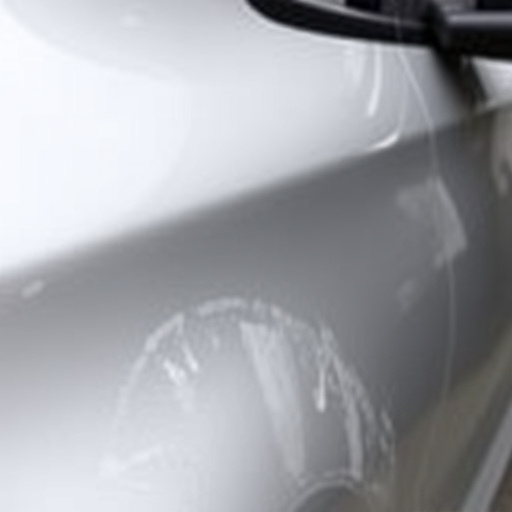
The integration of advanced welding equipment into shop workflows offers a multitude of benefits. These modern technologies, ranging from automated arc welding systems to robotic arms and digital control panels, significantly enhance precision, speed, and efficiency in metal fabrication processes. They allow for more consistent weld quality, reducing waste and rework, which ultimately translates to cost savings for businesses. Moreover, advanced equipment often includes real-time data monitoring capabilities, enabling technicians to make informed adjustments on the fly and improve overall productivity.
However, embracing these innovations also presents challenges. Auto body shops, known for their traditional craftsmanship, must adapt to new technologies and retrain staff, which can be a significant investment. Additionally, advanced welding equipment often demands higher initial costs and specialized maintenance, requiring careful consideration in the budget planning process. For auto repair near me or auto glass repair facilities offering diverse services, including auto body services, this transition may require strategic rethinking of existing workflows to maximize the benefits of modern technologies while managing potential challenges effectively.
Integrating advanced welding equipment into shop workflows offers significant advantages, from improved efficiency and precision to enhanced product quality. By understanding specific needs, employing strategic integration methods, and addressing potential challenges, businesses can leverage modern technologies to their fullest potential. Advanced welding equipment becomes an indispensable asset, revolutionizing the way shops conduct their operations and setting new standards for excellence in the industry.
